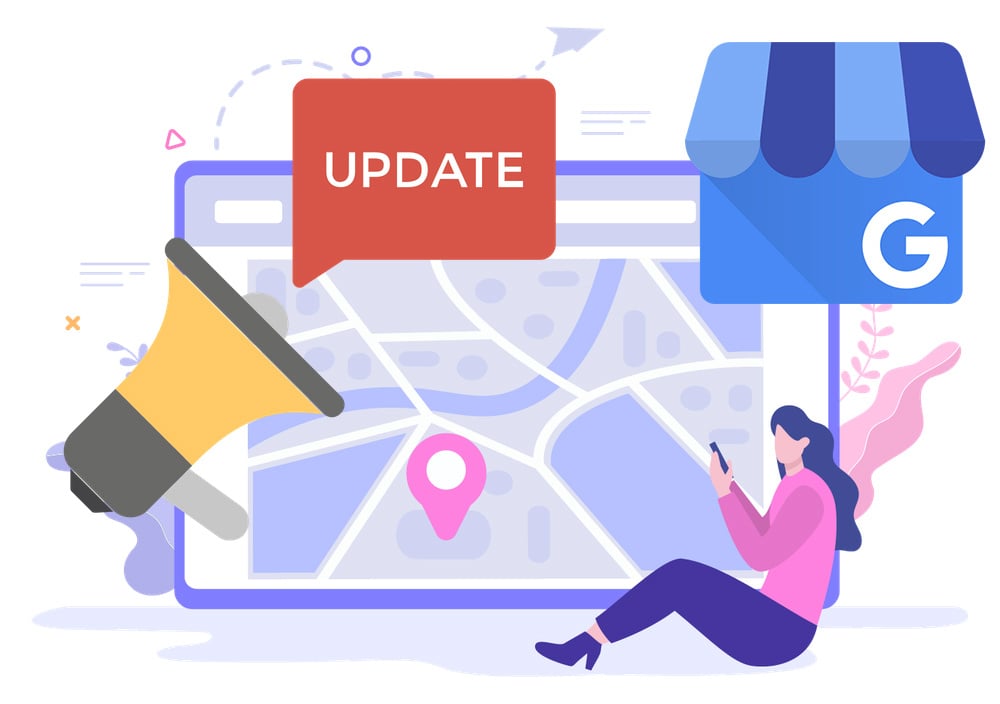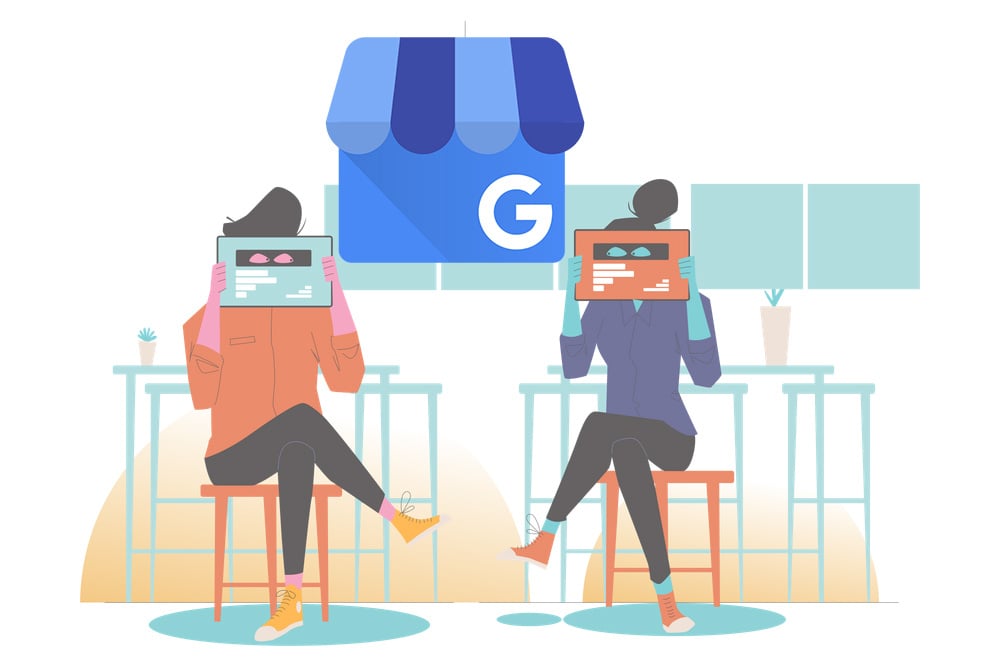Price It Right: Pricing Models & Strategy for Small Businesses
Learn about different pricing models and strategies to help you make informed decisions and increase profitability for your small business.
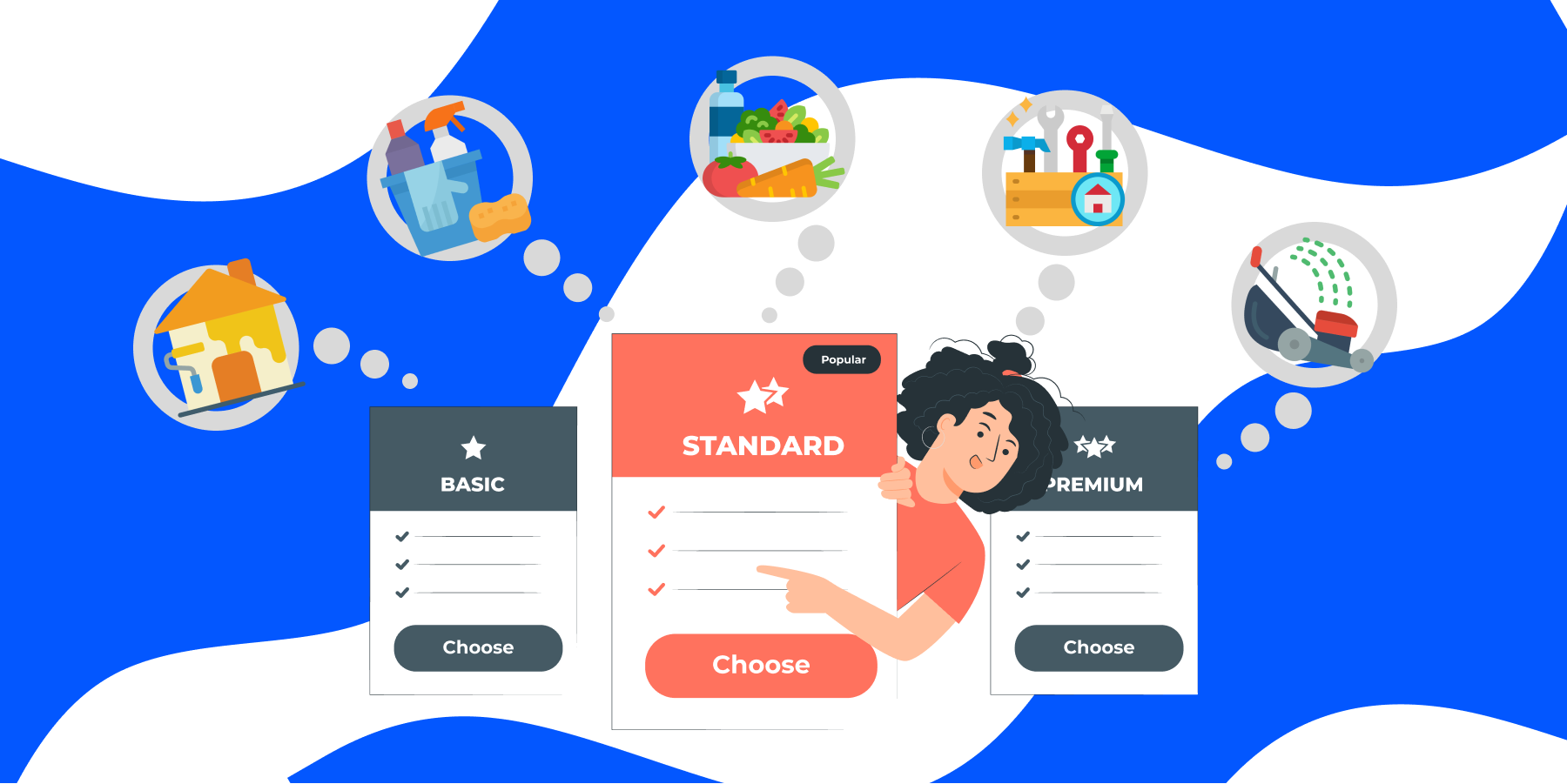
Jump To...
The Impact of Great Pricing | What is a Pricing Model? | Common Pricing Challenges | Resources for Small Business Pricing Strategy | Final Thoughts
Finding the perfect price for your products or services might feel like walking a tightrope, juggling profitability, rivalry, and customer desires all at once. Yet mastering this balancing act is crucial to your small business's success story.
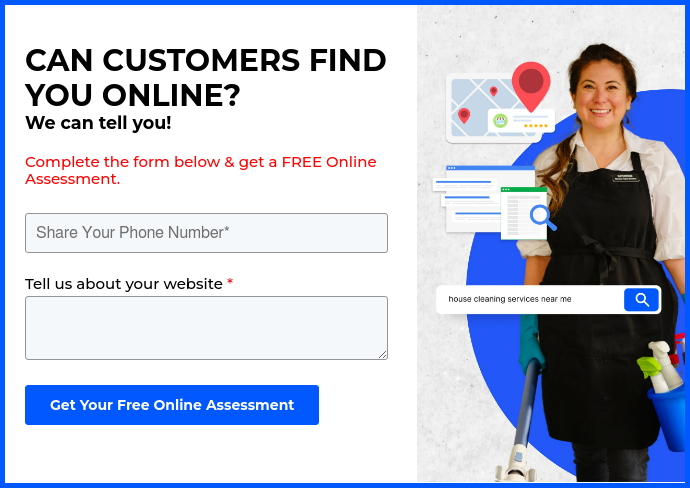
In this article, we'll unlock the secrets behind various pricing models and strategies that will empower you to make savvy decisions while enhancing your business’ bottom line.
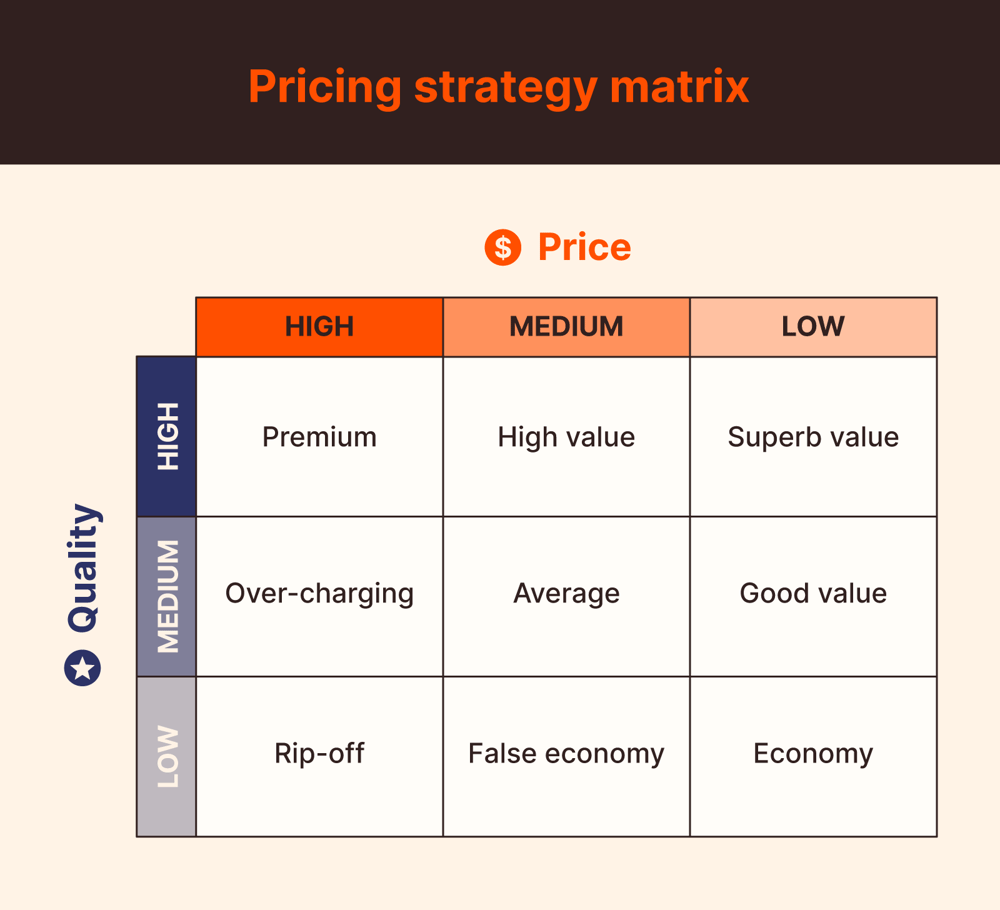 Source: Zapier
Source: Zapier
The Impact of Great Pricing
Mastering pricing is essential for small businesses aiming to succeed in a competitive landscape. A well-crafted pricing strategy not only guarantees your business's financial health but also influences how customers view and interact with your brand.
Exceptional pricing transcends mere cost coverage and revenue generation; it helps you rise above competitors, nurture customer loyalty, and establish a robust brand image.
By assembling effective pricing techniques, your business can enjoy an expanded market presence, enhanced customer satisfaction, and consistent growth. Excellent pricing takes into account elements like production costs, customer value perception, competitor rates, and prevailing market conditions to devise a model that aligns with both your business goals and target audience expectations.
How Pricing Affects Your Bottom Line
Setting optimal prices allows you to maximize profit margins and guarantee your company's longevity. This simply means that getting your prices right helps you make more money quickly and build a business that lasts a lifetime (or longer).
The ideal price fosters increased sales, whereas a price set too low may leave you struggling to cover your costs, and one set too high could result in missed sales opportunities. Finding the perfect equilibrium between being budget-friendly and profitable is vital for maintaining a healthy bottom line.
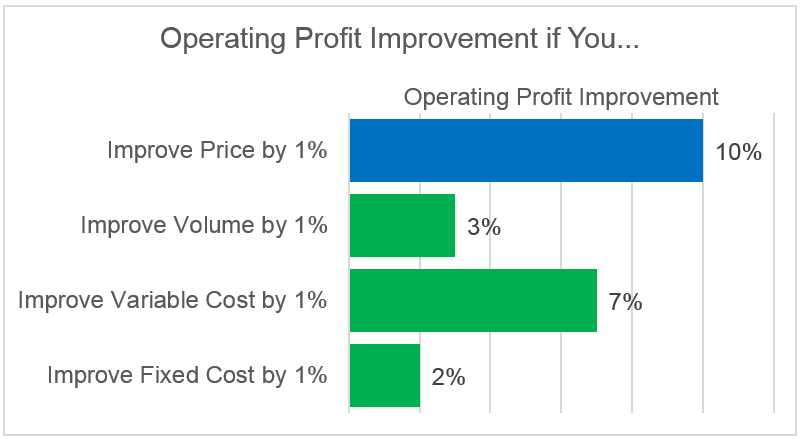 Source: Rautavuori.com
Source: Rautavuori.com
How Pricing Influences a Customer’s View of Your Business
If something's too cheap, people might start doubting its quality, but if it's too pricey, you could end up looking exclusive or luxurious – which might not sit well with everyone.
It's important to remember that pricing plays a big part in customer loyalty and satisfaction too. By keeping prices competitive and clear, you're more likely to attract repeat customers who trust your brand. On the flip side, constantly changing prices or hiding extra fees can leave customers frustrated and tarnish your reputation.
What is a Pricing Model?
Think of a pricing model as a roadmap for setting just the right price for whatever you're selling – whether it's products or services – based on things like production costs, how valuable people think it is, what competitors are doing, or even market trends.
The whole point of having this kind of model in place is so businesses can figure out the sweet spot between making money and meeting customer expectations while staying ahead of the competition.
With a solid pricing model to guide them along their journey, businesses have an easier time making smart decisions that boost profits while helping them reach their goals.
Common Pricing Models
Hourly
Hourly pricing involves charging customers based on the number of hours spent delivering a service. This pricing method is commonly used by consultants, freelancers, and service-based businesses.
Pros
- Customers pay for the actual time spent on their project, ensuring fair compensation for your efforts.
- Easy to understand and implement, especially for time-intensive services.
- Facilitates billing transparency, enabling customers to track the progress of their project.
Cons
- Can be difficult to estimate project durations accurately, leading to potential disputes with clients.
- May encourage inefficiencies, as there's no incentive to complete projects quickly.
- Difficult to compare prices across providers, as the total cost is not immediately clear.
Flat-rate
In the flat-rate pricing model, a set price is established for a product or service, irrespective of the time or resources required to complete it. This approach is commonly employed for products or services that are standardized and have relatively consistent costs.
Pros
- Simplifies the buying process for customers, making it easier for them to compare prices and make decisions.
- Encourages efficiency, as businesses have the incentive to complete projects quickly and minimize costs.
- Reduces the likelihood of disputes over pricing or project scope.
Cons
- Inaccurate cost estimates can lead to lower profit margins or customer dissatisfaction.
- May not adequately capture the value provided to customers, especially for highly customized or
complex services. - Can result in underestimating the required resources, potentially affecting project quality.
Cost-plus
This pricing model adds a fixed markup percentage to the production cost of a product or service, ensuring a consistent profit margin per sale.
Pros
- Easy to calculate and implement.
- Guarantees a consistent profit margin, regardless of market conditions or competition.
- Provides transparency to customers about cost structure and profit margins.
Cons
- May not accurately reflect customer demand, market dynamics, or your competitive landscape.
- Can result in over- or under-pricing if costs are not accurately estimated.
- Lacks flexibility in responding to changing market conditions or customer preferences.
Value-based
Value-based pricing emphasizes the perceived value of a product or service to the customer, setting prices based on the benefits and advantages provided to the customer.
Pros
- Allows businesses to capture more value and potentially achieve higher profits.
- Aligns pricing with customer expectations and willingness to pay, increasing satisfaction and loyalty.
- Encourages innovation and continuous improvement, as businesses strive to increase the value they deliver to customers.
Cons
- Requires a deep understanding of your target market and the ability to communicate your product's value effectively.
- Can be more challenging to implement and justify than cost-based pricing models.
- May be susceptible to changes in customer perceptions or market trends.
Promotional
Promotional pricing involves temporarily reducing prices or offering special deals to attract customers and increase sales. This model is commonly used in retail and e-commerce businesses.
Pros
- Can generate excitement and drive short-term sales.
- Useful for clearing out inventory or promoting new products.
- Encourages customer trial, potentially leading to repeat business.
Cons
- Can erode profit margins if used too frequently or not strategically planned.
- May lead to customers devaluing your products or services.
- Risks conditioning customers to wait for promotions, affecting full-priced sales.
Subscription
The subscription pricing model involves customers making regular payments in exchange for access to a product or service. This strategy is frequently employed by SaaS companies, streaming services, and organizations with membership structures.
That said, more local home and auto service providers have also created subscription-based pricing for routine maintenance products and services.
Pros
- Generates predictable, recurring revenue, providing financial stability for your business.
- Encourages long-term customer relationships and loyalty.
- Simplifies budgeting for customers, offering a sense of cost certainty.
Cons
- May not be suitable for all types of products or services.
- Requires ongoing customer satisfaction and value delivery to maintain subscriptions.
- Can be difficult to acquire new customers due to the commitment required, as some may prefer a one-time purchase.
Bundling
Bundling offers multiple products or services together as a package deal at a discounted price. This pricing method is a frequent go-to used by businesses when they want to increase sales and incentivize customers to purchase more products or services.
Pros
- Encourages customers to buy more by offering bundled products or services at a lower price than if purchased individually.
- Increases customer satisfaction by offering a convenient and cost-effective way to purchase multiple items.
- Introduces customers to new products or services they may not have considered purchasing individually, potentially increasing cross-selling opportunities.
Cons
- May not appeal to customers who only want to purchase specific products or services, leading to potential lost sales.
- Can be challenging to manage inventory and pricing for bundled items.
- May result in lower perceived value for individual products within the bundle.
Penetration
Through penetration pricing, businesses offer their products or services at prices lower than their competitors to capture market share or entice new customers. This is useful for companies venturing into new markets or introducing new products.
Pros
- Increases market share by attracting price-sensitive customers who may have otherwise chosen a competitor's product or service.
- Encourages customer trial and adoption by offering a low-cost entry point to the product or service.
- Can create a viral effect as customers spread the word, leading to increased brand awareness.
Cons
- Can lead to lower profit margins, potentially impacting long-term financial sustainability.
- May be challenging to raise prices once customers become accustomed to the lower pricing.
- Could attract bargain-seeking customers who may not be loyal to the brand in the long term.
Dynamic
Dynamic pricing adjusts prices according to market conditions, customer demand, and other external factors. Businesses in industries with fluctuating demand or supply frequently adopt this model.
Pros
- Maximizes profitability by adjusting prices based on market conditions and demand.
- Encourages businesses to stay competitive by responding quickly to changing market conditions.
- Allows for quick response to competitor pricing strategies, helping businesses stay ahead of the competition.
Cons
- May be perceived as unfair or inconsistent to old customers.
- Can be challenging to implement and manage, requiring sophisticated pricing algorithms and strategies.
- Could lead to confusion among new customers if prices fluctuate too frequently or without clear explanation.
Geographical
In the geographical pricing model, prices for products or services differ based on geographic locations. Companies that operate on a regional or global scale often employ this approach to tailor their pricing strategies.
Pros
- Enables businesses to adapt pricing to local market conditions, maximizing revenue and profitability.
- Encourages customer adoption by offering pricing that's competitive and relevant to the local market.
- Helps businesses comply with local regulations or market practices, which may require different pricing structures.
Cons
- Can lead to pricing inconsistencies across different regions, potentially impacting customer satisfaction and brand reputation.
- May be challenging to implement and manage, requiring sophisticated pricing strategies and tools.
- Exposes businesses to currency fluctuations and exchange rate risks, which could impact profit margins.
Price Skimming
Price skimming sets a high initial price for a new product or service to capitalize on revenue from early adopters, then gradually reduces the price to appeal to more price-sensitive customers. This strategy is often used for innovative or luxury products.
Pros
- Maximizes revenue and profit margins from early adopters, who are often willing to pay a premium for new and innovative products.
- Creates a perception of exclusivity and luxury, potentially increasing the brand's appeal and reputation.
- Allows businesses to recoup initial investments more quickly.
Cons
- May not be sustainable in the long term, as competitors may enter the market with similar products at lower prices.
- Can alienate price-sensitive customers, potentially impacting the brand's reach and market share.
- Risks early adopters feeling deceived when prices drop, potentially damaging customer trust and loyalty.
Psychological
Psychological pricing establishes prices based on consumer perceptions and behaviors instead of actual costs or value. This pricing model is frequently used to shape value perception or promote specific purchasing behaviors.
Pros
- Can create a perception of value or affordability, potentially increasing customer adoption and loyalty.
- Can encourage specific buying behaviors, such as impulse buying or purchasing higher-priced items, by using tactics such as limited-time offers or upselling
- Supports brand positioning by aligning pricing strategies with desired brand image and customer perceptions.
Cons
- Can be perceived as manipulative or deceptive by some customers, potentially damaging the brand's reputation.
- May not accurately reflect the actual value of the product or service, potentially leading to customer dissatisfaction or lost sales.
- Might require frequent adjustments and testing to identify the most effective pricing tactics, consuming resources and time.
Pricing for Home Services vs Auto Services vs Professional Services vs Retail
The types of pricing strategies that work best for an industry can vary significantly. Here are some considerations for pricing in different sectors:
- Home Services: Home services such as plumbing, landscaping, and cleaning commonly use hourly and flat-rate pricing models. These services may also offer package deals or subscriptions for ongoing maintenance.
- Auto Services: Auto services, encompassing car repairs and maintenance, typically employ pricing strategies such as flat-rate and cost-plus models. Flat-rate pricing ensures a fixed price for a particular service, while cost-plus pricing guarantees a stable profit margin by adding a predetermined markup to the service cost.
- Professional Services: Professionals in fields such as legal, accounting, and consulting frequently use hourly, flat-rate or value-based models. It’s common for these services to also switch to a retainer-based or subscription model to deliver ongoing support.
- Retail: Businesses in the retail sector, including clothing and electronics stores, often utilize a blend of dynamic and psychological pricing strategies. They may also adopt discount pricing, bundling, or upselling techniques to encourage more sales.
Common Pricing Challenges
Convincing Customers of Your Value
Tackling this challenge involves emphasizing the advantages of your offerings, showcasing what sets them apart, presenting testimonials or case studies, and ensuring customer satisfaction with guarantees and warranties. By doing so, you can instill confidence in the value of your products or services while also encouraging customers to invest at a higher price point.
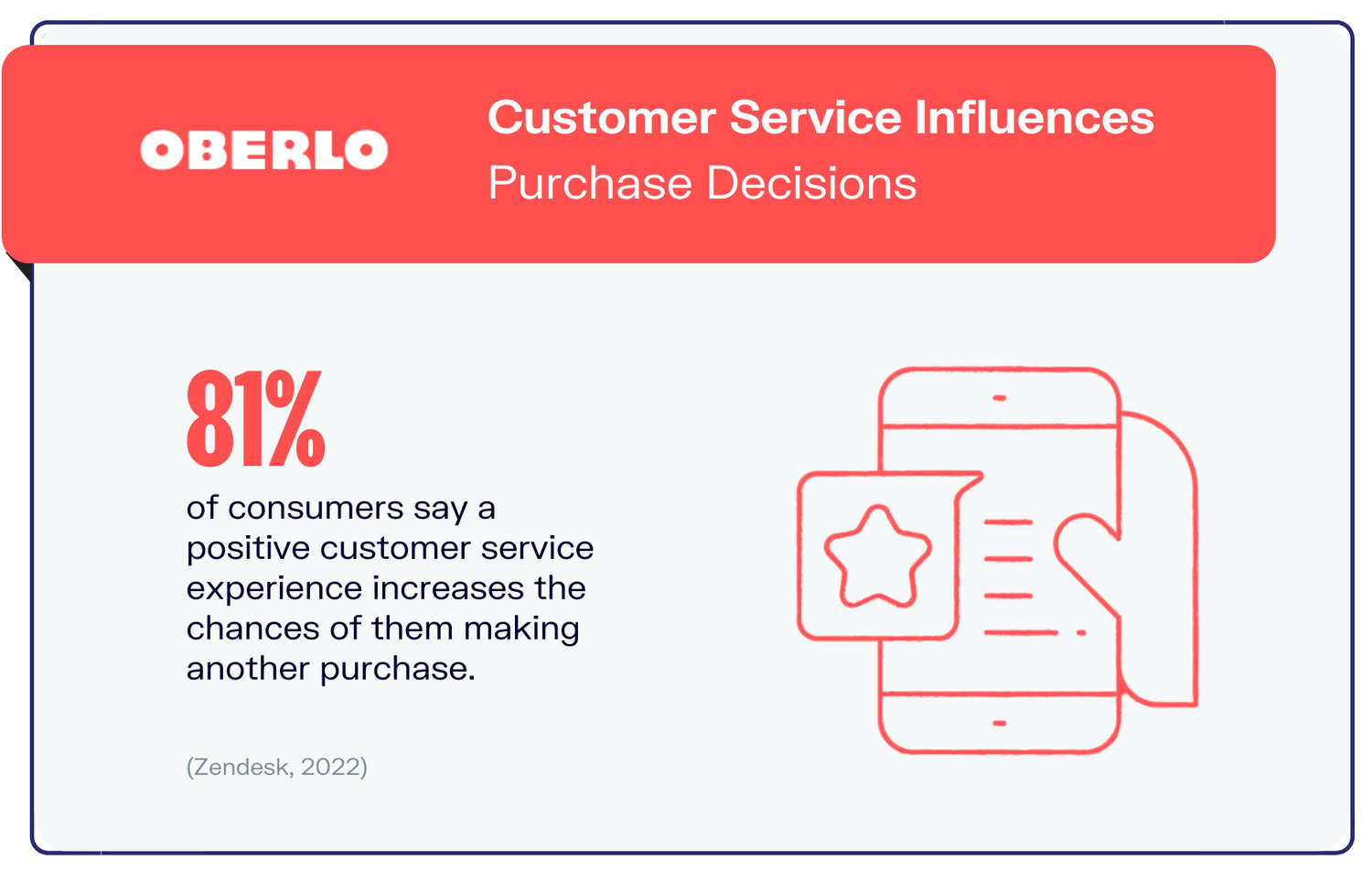 Source: Zendesk and Oberlo
Source: Zendesk and Oberlo
Gathering Enough Information for Accurate Quotes and Estimates
To overcome this hurdle, gather comprehensive information from the onset such as project scope, client budget constraints, and specific requirements. Employing specialized software or tools designed to streamline pricing calculations can further enhance accuracy and consistency across estimates.
Ability to Retain Customers
Fostering long-term relationships with clients is key; create exceptional experiences for them while rewarding their patronage through loyalty programs or exclusive discounts. Regularly seeking feedback from customers enables you to adapt your offerings accordingly – strengthening their allegiance to your brand in the process.
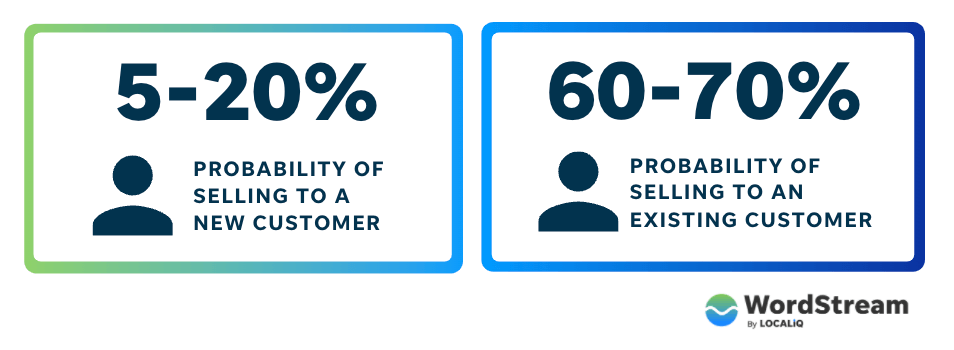 Source: WordStream
Source: WordStream
Competitor Pricing and Marketing
Combat this challenge by routinely examining market data and industry pricing trends. Distinguishing yourself from competitors will require honing in on what makes your business unique while effectively demonstrating that value proposition.
Fluctuating Costs
Regular evaluation of pricing methods ensures that fluctuating costs are accounted for – implement cost-saving initiatives like outsourcing specific tasks or cutting waste where possible – to minimize financial impact.
Customer Negotiations
Establish clear-cut pricing policies alongside guidelines that showcase product/service worth; these measures will simplify customer negotiations. Offering flexible payment plans paired with incentives like early-payment discounts may reduce negotiation complexities even further.
Seasonal Change in Demand
Implement adaptive pricing strategies (e.g., promotional rates during slower periods) as well as modifying prices based on supply and demand levels when addressing seasonal shifts in consumer interest. Additionally, expanding your product and service range according to off-season preferences can alleviate seasonal demand-related challenges.
Regulations and Compliance
Keep informed about regulatory changes and maintain transparent, compliant pricing practices. Continuous assessment of your pricing strategies in response to evolving regulations helps guarantee ongoing compliance.
Resources for Small Business Pricing Strategy
Badass Small Business Owners on YouTube
This YouTube channel offers a wealth of information on pricing strategies for service-based businesses. The channel features videos on topics such as how to calculate your hourly rate, how to price your services for profitability, and how to set prices that reflect the value of your services.
SBA
The U.S. Small Business Administration (SBA) website offers a range of resources on pricing strategies for small businesses. The site includes articles and guides on topics such as pricing models, pricing strategies for small businesses, and pricing for products and services. Additionally, the SBA has a comprehensive pricing course that teaches you all of the essentials.
Click Here to Download the SBA’s pricing worksheet.
QuickBooks Pricing Strategy Guide
Quickbooks offers a comprehensive guide to pricing strategy for small businesses. The guide covers topics such as pricing models, pricing for products and services, and strategies for managing pricing fluctuations. The guide also includes practical tips for implementing pricing strategies, such as conducting market research and analyzing pricing trends in your industry.
SCORE
SCORE is a nonprofit organization that provides free business mentoring and education services for small business owners. They also offer an all-encompassing pricing products and services course . The course covers topics such as cost analysis, pricing strategies, and understanding customer behavior.
Final Thoughts
Through leveraging well-designed pricing approaches, small businesses can maximize their profits while simultaneously attracting loyal customers and establishing an enduring brand presence in the market.
%20(1)%20(1).png?width=340&name=Group%2012%20(2)%20(1)%20(1).png)


